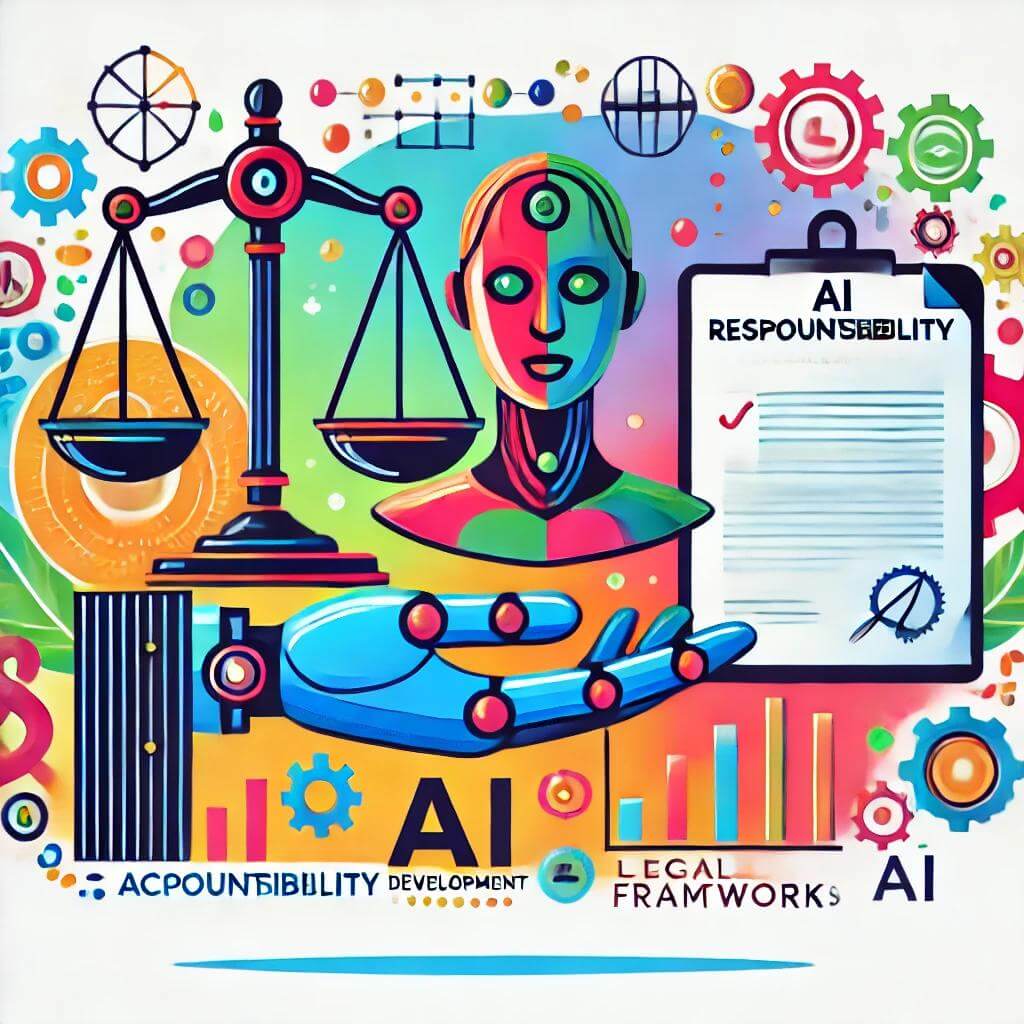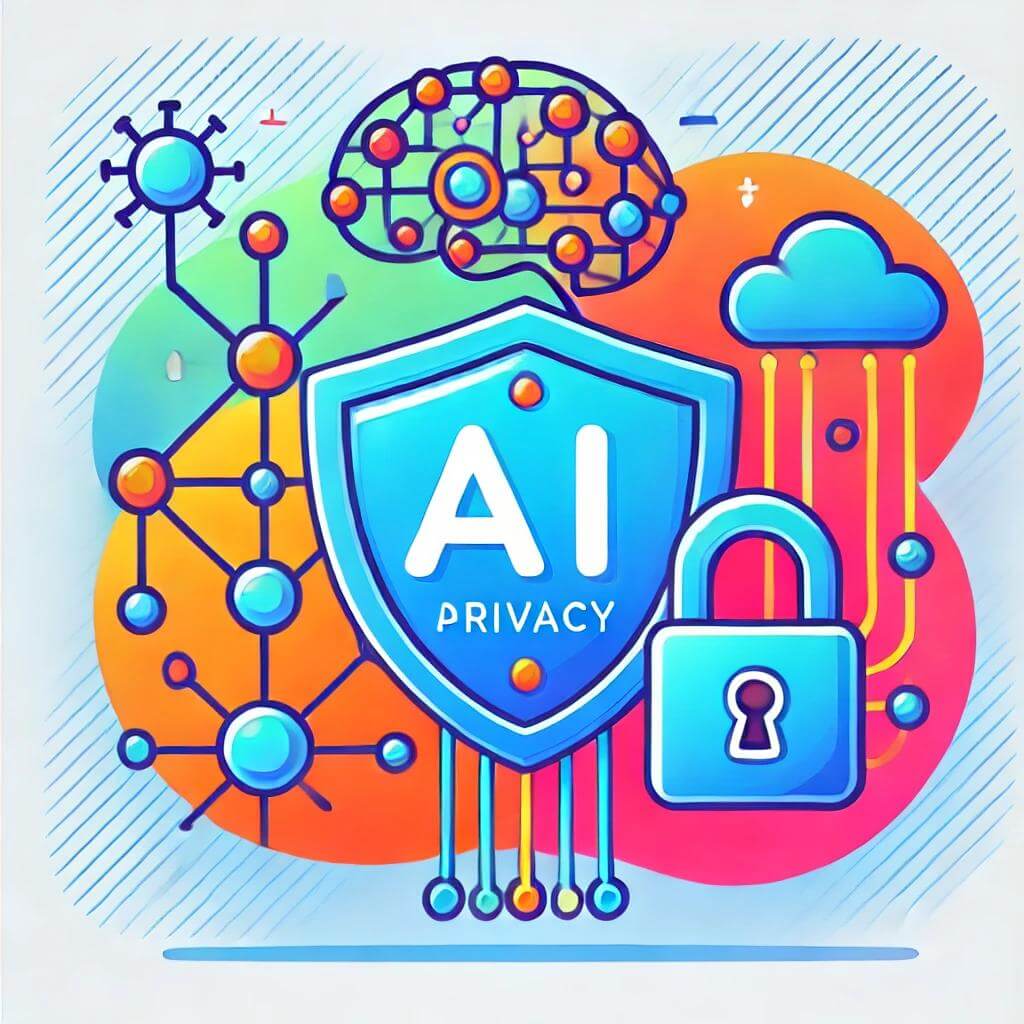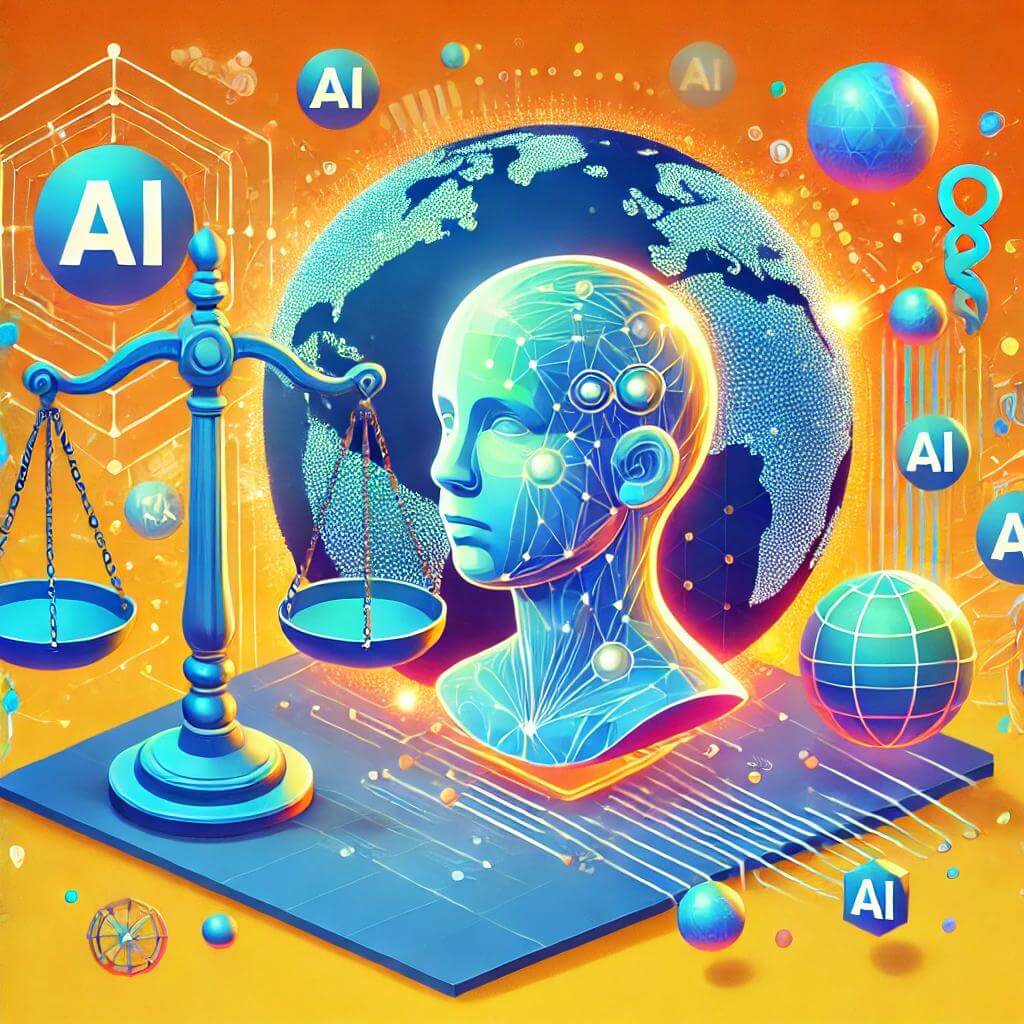AI Accountability: Who is Responsible When AI Goes Wrong?
Artificial Intelligence (AI) has become an integral part of modern life, powering everything from personalized recommendations to autonomous vehicles. While AI offers significant benefits, it is not immune to errors and unintended consequences. When an AI system fails—whether due to biased algorithms or accidents—the question of accountability becomes critical. This article examines the legal and ethical challenges of assigning responsibility for AI decisions, using case studies and exploring potential frameworks for accountability.
Case Studies of AI Failures
Understanding the consequences of AI failures highlights the need for clear accountability mechanisms.
Biased Algorithms in Decision-Making
In 2019, a healthcare algorithm used in the US was found to prioritize white patients over Black patients for advanced care, despite similar medical needs. This failure stemmed from:
- Faulty Training Data: Historical bias in the dataset led to biased predictions.
- Lack of Oversight: The algorithm was deployed without adequate monitoring.
Autonomous Vehicle Accidents
Self-driving cars have faced scrutiny due to fatal accidents. A notable case involved a pedestrian being struck by an autonomous vehicle in 2018. Contributing factors included:
- Sensor Failures: The car failed to detect the pedestrian in time.
- Operator Negligence: The human monitor did not intervene appropriately.
| Case Study | Failure Type | Consequences |
|---|---|---|
| Biased Healthcare Algorithm | Data bias | Unequal access to medical care |
| Autonomous Vehicle Accident | Sensor and human error | Loss of life, legal disputes |
These cases underscore the importance of assigning clear responsibility for AI failures.
Legal Frameworks for Liability in AI Systems
Current legal systems struggle to address the complexities of AI liability. However, some frameworks are emerging to guide accountability.
Existing Liability Models
- Product Liability: Holds manufacturers accountable for defects in AI systems.
- Negligence Laws: Applies when users or operators fail to act responsibly, leading to harm.
- Shared Responsibility: Allocates liability among developers, users, and organizations.
Challenges in Applying Legal Models
- Complexity of AI Systems: Determining fault in AI systems is difficult due to their opaque decision-making processes.
- Lack of Precedent: Few legal cases specifically address AI failures, creating uncertainty.
| Liability Model | Key Features | Challenges |
|---|---|---|
| Product Liability | Focuses on defective design or manufacturing | Difficult to prove in AI’s dynamic systems |
| Negligence Laws | Applies to users or operators | Requires clear definitions of responsibility |
| Shared Responsibility | Divides liability among stakeholders | Risk of diluted accountability |
Adapting legal frameworks to address these challenges is essential for effective governance.
The Role of Developers, Users, and Companies
Assigning accountability requires understanding the roles of various stakeholders in AI development and deployment.
Developers
Developers play a crucial role in ensuring AI systems are:
- Ethical: By minimizing bias in training datasets.
- Transparent: By creating systems that are explainable and auditable.
Users
Users, including businesses and individuals, must:
- Understand Limitations: Avoid over-reliance on AI systems.
- Adhere to Guidelines: Operate AI tools according to manufacturer instructions.
Companies
Organizations deploying AI systems are responsible for:
- Risk Management: Implementing safeguards to prevent failures.
- Compliance: Ensuring systems meet legal and ethical standards.
| Stakeholder | Responsibilities | Accountability Measures |
|---|---|---|
| Developers | Ethical AI design, transparency | Regular audits, bias detection tools |
| Users | Responsible usage, guideline adherence | Training, user agreements |
| Companies | Risk management, compliance | Legal frameworks, monitoring protocols |
Collaboration among stakeholders ensures shared accountability.
Potential for AI-Specific Legal Entities
The concept of creating AI-specific legal entities has been proposed to address the unique challenges of AI accountability.
Benefits of AI-Specific Entities
- Clear Accountability: Designating legal entities for AI systems ensures responsibility is assigned.
- Risk Mitigation: Entities can hold insurance policies to cover potential damages.
- Simplified Governance: Centralizing accountability streamlines legal processes.
Concerns and Limitations
- Ethical Implications: Treating AI systems as legal entities raises questions about their rights and responsibilities.
- Implementation Challenges: Establishing and regulating such entities would require significant legal reforms.
| Benefit | Explanation |
|---|---|
| Clear Accountability | Assigns liability to AI-specific entities |
| Risk Mitigation | Reduces financial risks for stakeholders |
| Simplified Governance | Eases legal proceedings |
Exploring this approach could offer a long-term solution to AI accountability.
Conclusion
As AI continues to influence various aspects of life, establishing robust accountability frameworks is essential. Case studies of AI failures highlight the importance of assigning responsibility among developers, users, and companies. Legal frameworks like product liability and negligence laws offer starting points, but adapting them to AI’s complexities is critical. The potential for AI-specific legal entities represents a forward-thinking approach to address accountability challenges. By fostering collaboration and innovation, societies can ensure AI is developed and used responsibly and ethically.




Post Comment